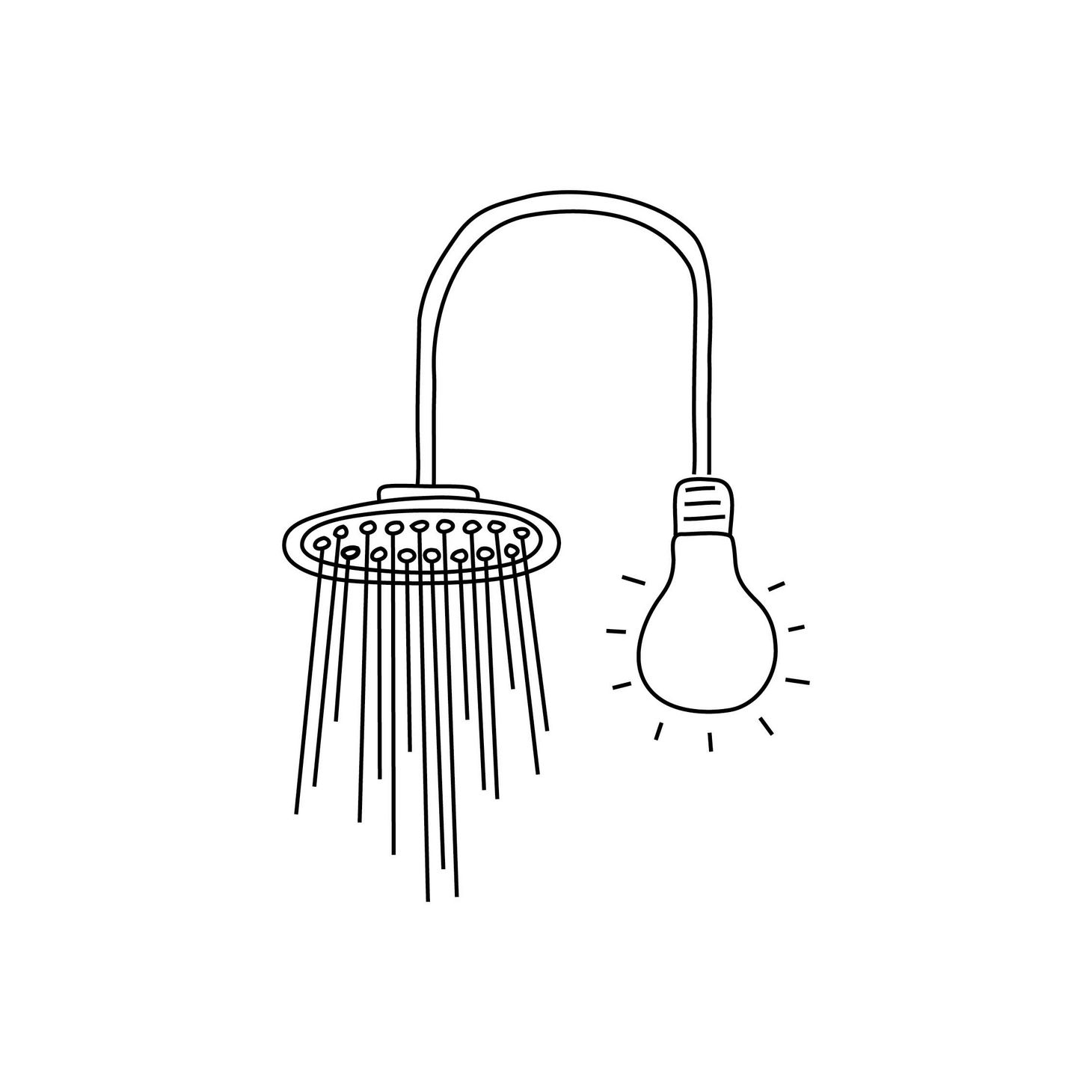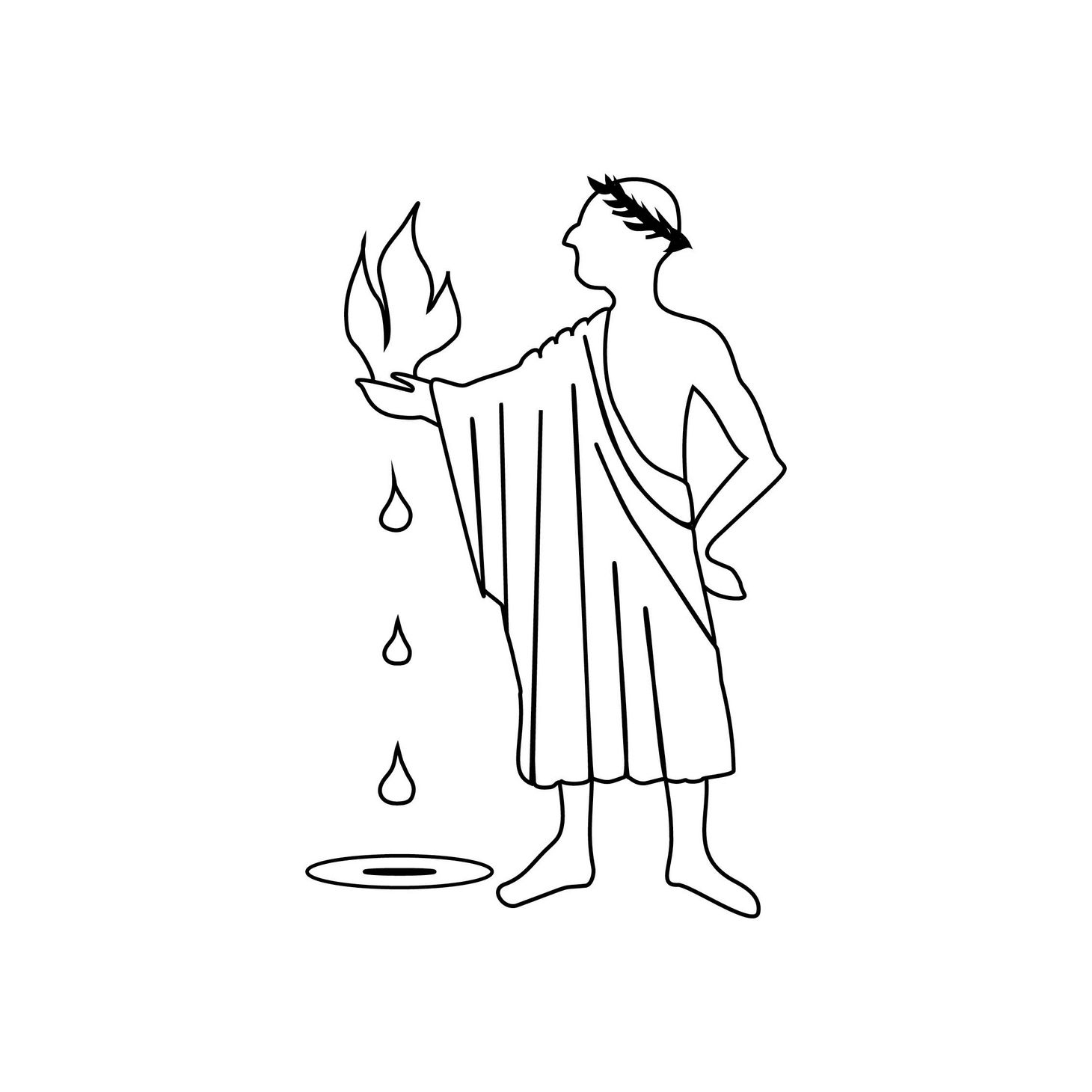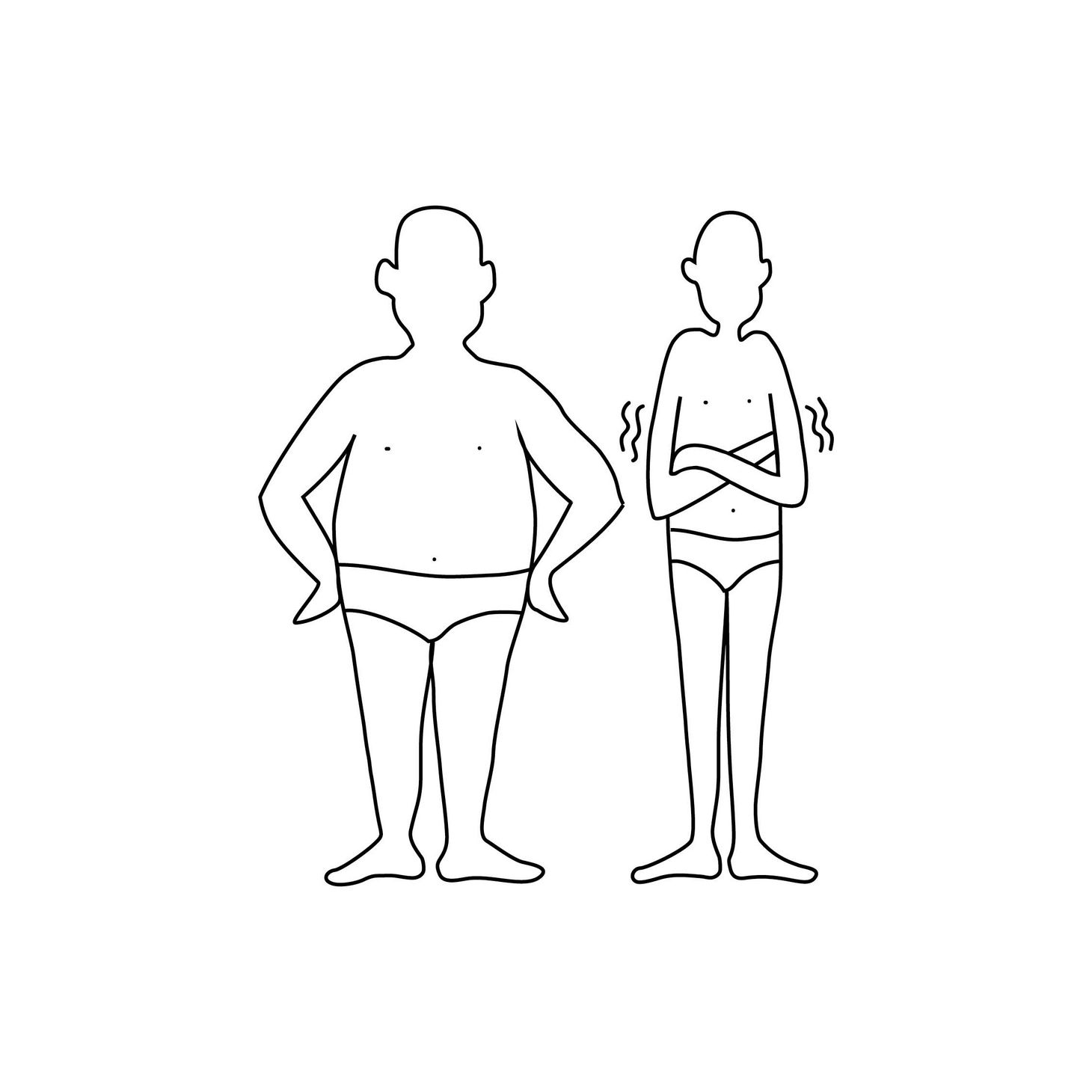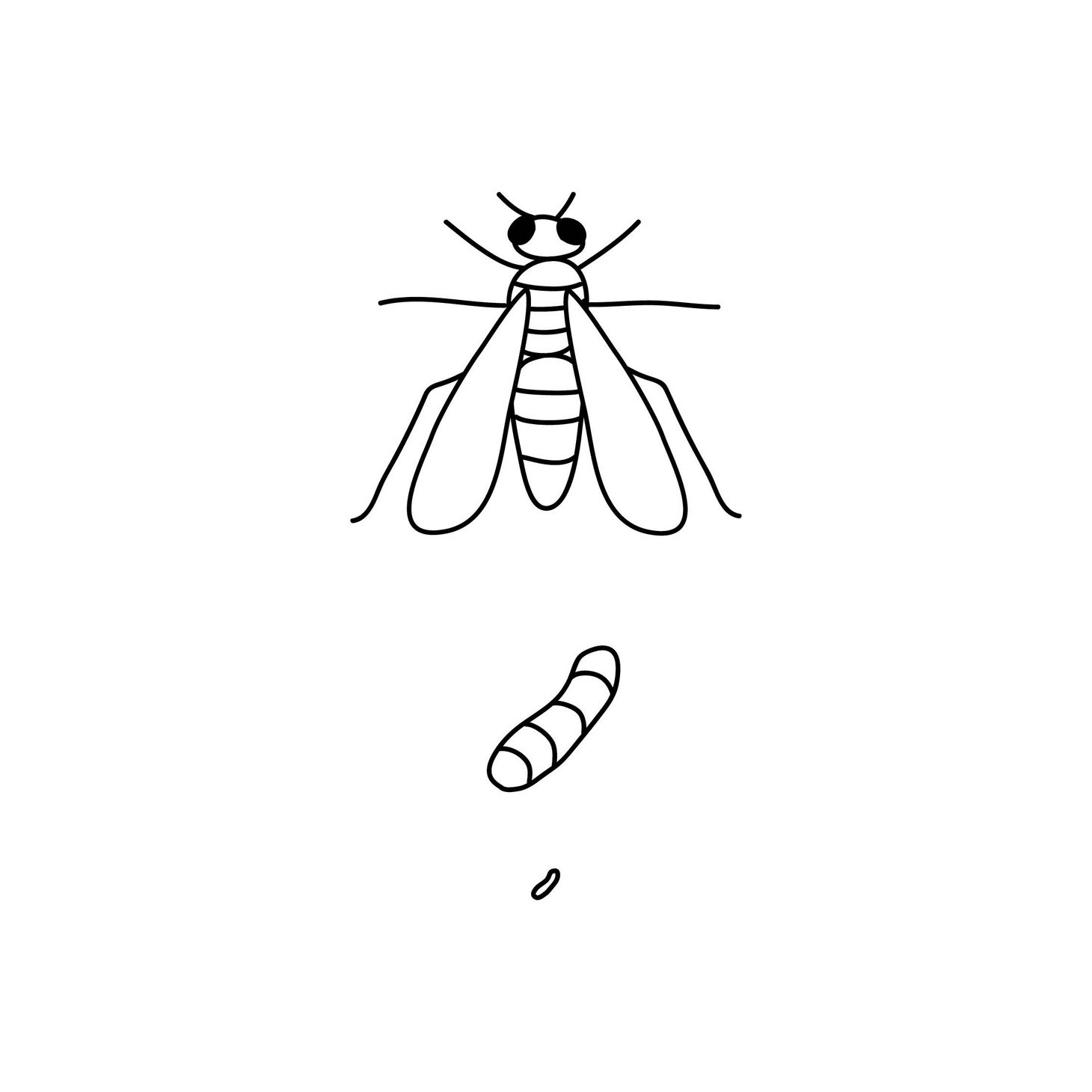
Twelve lesser-known facts about energy
Energy is omnipresent in our lives: we use it for heating and cooling, and we need it to get from A to B. Now, as we transition to a more sustainable energy future, it’s critical that we develop environmentally friendly ways of producing power—and that we become more aware of how we consume it. So, where do we generate, use and waste energy? The following presents several lesser-known facts about energy production and consumption in both humans and nature.

Luxuriant showers
Almost a third of all energy consumed in a household is used for heating water. One minute of soaking under the shower eats up as much energy as is needed to light a home for an entire day. And just one glorious five-minute shower burns three decilitres of petroleum.

Efficient humans
Our bodies are programmed for energy efficiency. The human brain runs on roughly fifteen watts—no more than the light bulb in our refrigerators. As another example: a professional cyclist would travel 100 kilometres on just 0.7 litres of petrol if the amount of food consumed were translated into fuel.

Suggestive colour
Red is warm, blue is cold. This old saw is backed by science: studies have shown that in rooms with blue-green walls, people start to feel the cold at temperatures around fourteen degrees Celsius. By contrast, when walls are painted orange-red, the shivering commences at eleven degrees Celsius.

Extravagant Romans
The Baths of Caracalla were a large public bathing facility in ancient Rome. According to calculations based on models of the baths, maintaining enough hot water and air required burning between forty and fifty tonnes of wood every day. Which is merely to say that wasting energy isn’t a modern invention.

Cooling trend
Experts estimate that more energy will be needed worldwide for cooling than for heating as early as 2030. The amount of energy used for air conditioning has more than tripled in the past thirty years, and it’s projected to triple again over the coming thirty. More than ninety percent of all households in the US already have air conditioning, compared to less than ten percent in Europe.

Shady trees
Trees offer excellent protection from heat, especially deciduous trees with thick foliage. In a forest, the highest temperatures in summer are up to five degrees Celsius cooler than in the surrounding areas. Put differently: one large lime tree has the same cooling effect as two hundred refrigerators.

Protective plumpness
Plump people are well insulated, and when exposed to cold, they need three times less energy to generate internal heat than slender people. And whereas the body’s thermoregulation soon returns to normal in the amply endowed, it’s still operating at full speed an hour later in their svelte counterparts.

Burgeoning bees
Bees feed their young an energy-rich secretion called royal jelly. When larvae are fed copious amounts of this substance, their weight increases a thousandfold in just five days. Translated to the human scale, this would correspond to a newborn baby growing to the size of a rhinoceros in less than one week.

Cruise impacts
Roughly eighty-three metric tons of snow melt for every tourist aboard an Antarctic cruise ship. The cause is soot from the ship’s chimneys: it settles on the snow, darkening the surface. As a consequence, less sunlight is reflected, more heat is trapped—and the snow melts.

Limited headway
Over the decades, inventive engineers have boosted the energy efficiency of combustion engines. However, in 1960, cars weighed on average half as much as current models—and twice as many people sat in them. Put differently: today, four times as much car is needed to transport a single person. Any gains in efficiency have been effectively negated.

Well-tended radiators
What’s possibly the simplest way to save energy is also something we very often forget to do: venting radiators, not placing objects in front of them—and cleaning them. Just one or two millimetres of dust can reduce heating efficiency by up to six percent.

Frugal nature
By strategically navigating the winds, barn swallows can fly all the way from Munich to Barcelona on just two grams of fat. And the average daily requirement of a crocodile is just sixty calories, thirty times less than what humans burn. Like all cold-blooded animals, reptiles don’t need to keep their bodies warm—they let the sun do the work.

